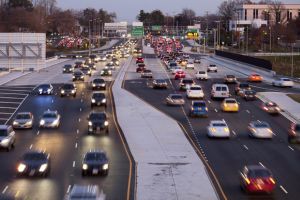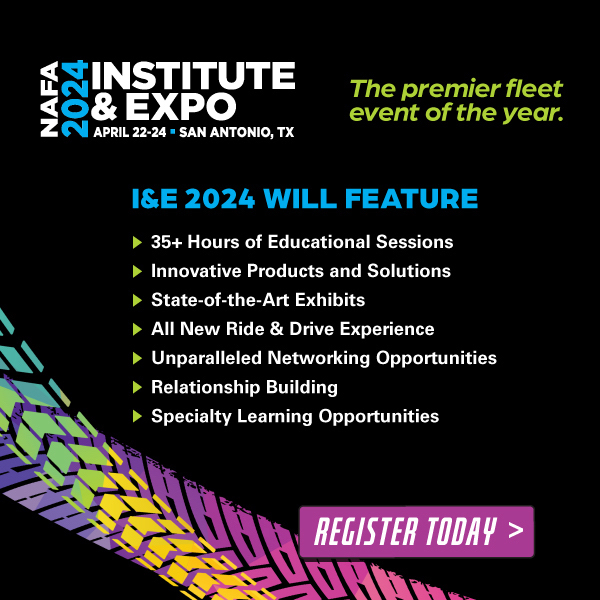
Researchers at the Massachusetts Institute of Technology used virtual tokens, cellphones and vehicle-to-vehicle wireless LANs to build a system for allocating the limited space available on major thoroughfares. It doesn’t require any physical infrastructure, such as tollbooths, so it could be implemented quickly almost anywhere, they said.
Instead of using cameras or electronic tollbooths by the roadway to detect cars passing a certain point, the MIT system, called RoadRunner, is based on GPS (Global Positioning System) information from the driver’s cellphone in each car. As more cars get connected to the Internet, the system may be able to go into the car itself, according to Jason Gao, a graduate student in electrical engineering and computer science who developed the system with Professor Li-Shiuan Peh.
RoadRunner is designed to solve the problem of congested roads, with or without a government charging tolls for driving in crowded areas during rush hour. Once it detects that a particular route is crowded, RoadRunner generates driving directions to approaching cars that recommend a different way to go.
At the heart of RoadRunner is a limited set of tokens that the system assigns to vehicles within the affected area. When the road isn’t crowded, every driver entering the zone receives a token, but as it fills up, later arrivals get the alternate driving directions instead. There’s nothing to stop a car from crossing the line without a token, but that action could trigger a fine if law enforcement wanted to impose one.
The system doesn’t track the precise location of each car. Instead, the server only registers whether a car is inside or outside the congestion zone and whether it has a token.
To speed up the sharing of tokens, RoadRunner takes advantage of IEEE 802.11p, a vehicle-to-vehicle (V2V) variant of the technology behind Wi-Fi. Initially, a server generates the tokens and distributes them to cars via cellular, but after that, the cars can pass them directly to one another via 802.11p. The V2V network can transfer tokens faster because it has lower latency than cellular, and using it cuts down on cell traffic.
IEEE 802.11p is starting to emerge as a key technology for self-driving vehicles and for semi-autonomous safety networks that may precede cars that drive all by themselves.
It’s also being used for proximity warning systems that let one vehicle tell another when it’s entering an intersection. If two cars are approaching that intersection at full speed, such as at a blind intersection, the V2V network can send an alert that triggers alarms to the driver in each car.
RoadRunner might be an alternative to the congestion-control system in Singapore, one of the world’s most advanced, which levies different tolls based on the amount of traffic on the stretch of road that a driver is entering. Singapore’s current system uses gantries, or structures built over the roadway, that communicate with transponders in each car. That means the Land Transit Authority, which operates the system, can only regulate congestion where it’s built a gantry.
By contrast, RoadRunner can be set up in any area, based on GPS coordinates, and can point drivers to alternative routes to help them avoid the congested area.



